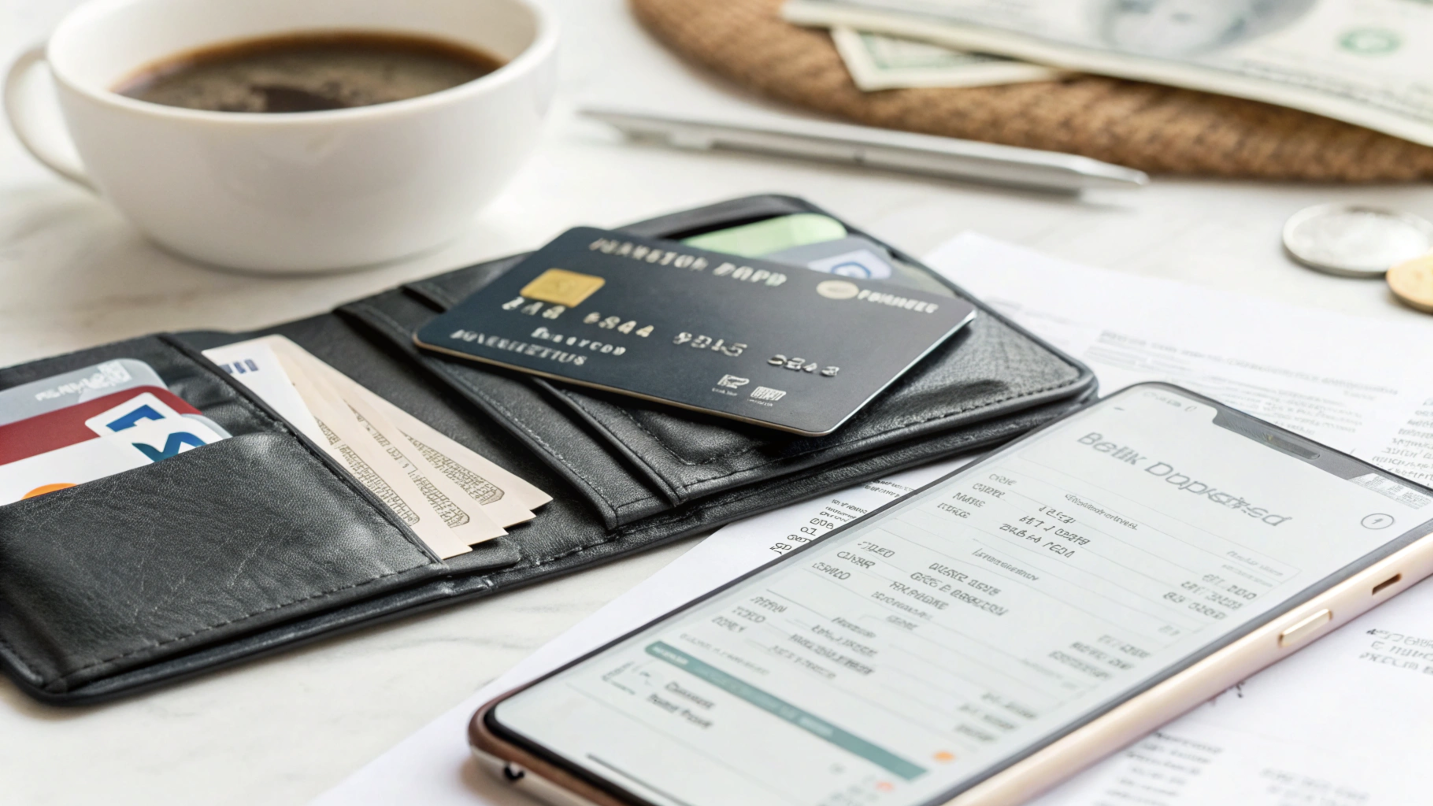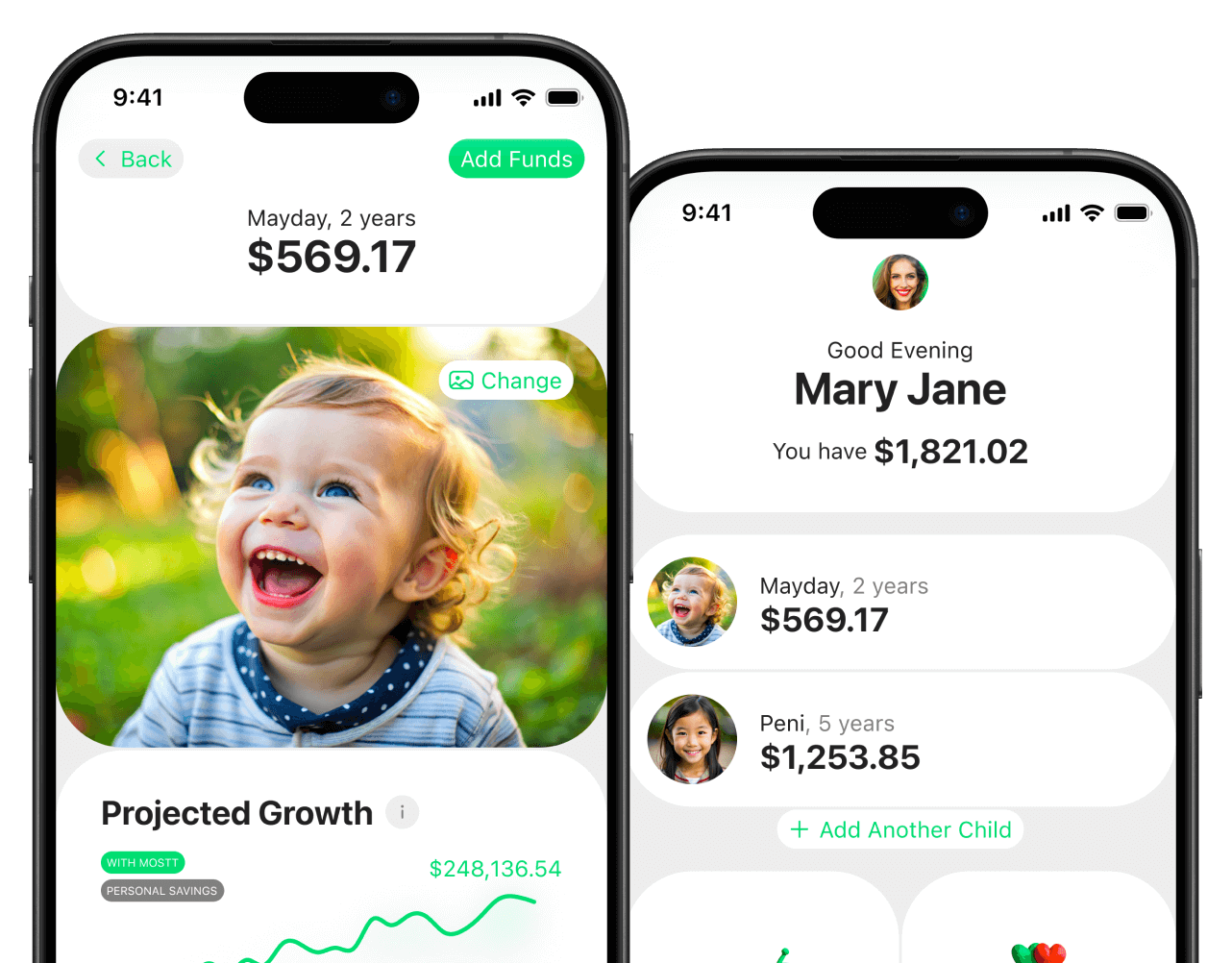Credit cards can be a powerful financial tool when used responsibly, but they can also lead to financial challenges if misunderstood. For beginners, particularly young adults, understanding the basics of credit cards is essential for building a strong financial foundation. As a parent, you have the unique opportunity to guide your child through this learning process and set them up for long-term success. Here’s everything you need to know about introducing credit cards to beginners and teaching kids about credit.
What is a Credit Card?
A credit card is a payment card issued by financial institutions that allows users to borrow money up to a certain limit. This borrowed money must be repaid, typically with interest if the balance isn’t paid in full by the due date. Credit cards offer convenience, security, and benefits like rewards or cashback, but they also come with responsibilities like managing debt and making timely payments. For more information, Nerd Wallet provides more about credit cards and how they work.
Why Understanding Credit is Important
Using credit responsibly can:
- Build Credit History: A good credit history can open doors to better financial opportunities, such as lower interest rates on loans.
- Promote Financial Independence: Learning how to manage credit helps young adults take control of their financial future.
- Teach Financial Discipline: Proper use of credit encourages budgeting and financial planning.
However, misuse of credit can lead to debt, poor credit scores, and financial stress. That’s why education is key. For more information on credit card management, here’s 10 tips on credit card management from Chase.
Tips for Teaching Kids About Credit Cards
- Start With the Basics
Begin by explaining:
- How Credit Cards Work: Discuss credit limits, interest rates, and payment cycles.
- The Importance of Paying on Time: Highlight the impact of late payments on credit scores and interest costs.
- Minimum Payments vs. Paying in Full: Teach them why paying the full balance is ideal to avoid interest charges.
- Lead by Example
Kids often model their financial habits after their parents. Demonstrate responsible credit card use by:
- Paying your bills on time.
- Avoiding carrying high balances.
- Using credit cards for planned purchases, not impulse buys.
- Introduce the Concept of Credit Scores
Explain how credit scores work and why they matter. Share real-life examples, like how a good credit score can help with renting an apartment or securing a car loan.
- Use Tools Like Prepaid or Secured Cards
For hands-on learning, consider:
- Prepaid Cards: These work like debit cards and allow kids to practice spending within limits.
- Secured Credit Cards: These require a cash deposit and help beginners build credit in a controlled way.
- Set Rules and Guidelines
Help your child set boundaries, such as:
- Only using the credit card for specific purchases.
- Keeping spending within a predetermined limit.
- Reviewing statements together to track spending habits.
- Encourage Responsible Spending
Teach your child to prioritize needs over wants and only use credit for purchases they can afford to repay.
- Discuss the Risks of Debt
Help them understand the consequences of overspending and accumulating high-interest debt. Discuss strategies for paying off balances, such as the snowball or avalanche method.
For more information on how you can explain credit to your kids, here’s an article from Capital One.
Do’s and Don’ts of Teaching Kids About Credit Cards
Do’s:
- Do Explain Interest Rates: Break down how interest accrues on unpaid balances and how it can add up over time.
- Do Use Real-Life Examples: Share your own experiences with credit, both good and bad, to illustrate your points.
- Do Encourage Questions: Create an open environment where your child feels comfortable asking questions about credit and finances.
- Do Monitor Progress: Periodically review your child’s understanding and spending habits, offering guidance as needed.
Don’ts:
- Don’t Co-Sign Without a Plan: If you’re co-signing for a card, ensure your child understands the responsibilities and consequences.
- Don’t Overwhelm Them: Keep the lessons simple and age-appropriate to avoid confusion.
- Don’t Wait Too Long: Introduce financial education early so they’re prepared when they need to use credit.
- Don’t Ignore Mistakes: Use missteps as teaching moments rather than simply reprimanding them.
How Parents Can Make It Easy for Kids to Understand
- Use Analogies: Compare credit cards to things they already understand, like borrowing a toy and needing to return it in good condition.
- Gamify the Learning Process: Create small challenges or quizzes about credit card concepts to make learning fun and engaging.
- Simplify Statements: When reviewing credit card statements, explain the key sections like balance, minimum payment, and due date in simple terms.
- Set Goals Together: Help your child set achievable financial goals, like saving for a small purchase, and show how credit cards can help or hinder those goals.
- Role-Play Scenarios: Practice situations like budgeting for a purchase or paying off a balance to give them hands-on experience.
How Parents Can Make Learning About Credit Cards Fun
- Create a Credit Card Game: Turn learning into a game by simulating real-life scenarios. For example, give your child play money and “credit cards” and have them practice making purchases, calculating interest, and paying off balances.
- Offer Rewards for Learning: Incentivize their progress. For instance, reward them with small treats or privileges when they correctly answer questions about credit or demonstrate good financial habits in practice.
- Tell Stories: Share engaging anecdotes about how people (including you) have successfully used credit cards or faced challenges because of misuse. Stories can make the lessons more relatable and memorable.
- Watch Videos Together: Look for kid-friendly videos or animations that explain credit card concepts in an entertaining way.
- Set Up a Savings Challenge: Create a challenge where your child saves for something they want and discuss how credit cards could play a role in achieving or derailing that goal.
For additional resources, Practical Money Skills features educational games and tools for kids and adults to learn about money management.
When Should Kids Get Their First Credit Card?
There’s no universal answer, but many parents introduce credit cards when their child becomes a teenager or heads to college. Adding them as an authorized user on your card can be a good first step. This allows them to learn about credit without full responsibility, as you can monitor their spending and guide their decisions.
Conclusion
Teaching your kids about credit cards equips them with the knowledge to make informed financial decisions and avoid common pitfalls. By starting the conversation early, leading by example, and offering practical tools, you can help them build a positive relationship with credit that lasts a lifetime. As they grow into financially savvy adults, they’ll thank you for the lessons you shared.




